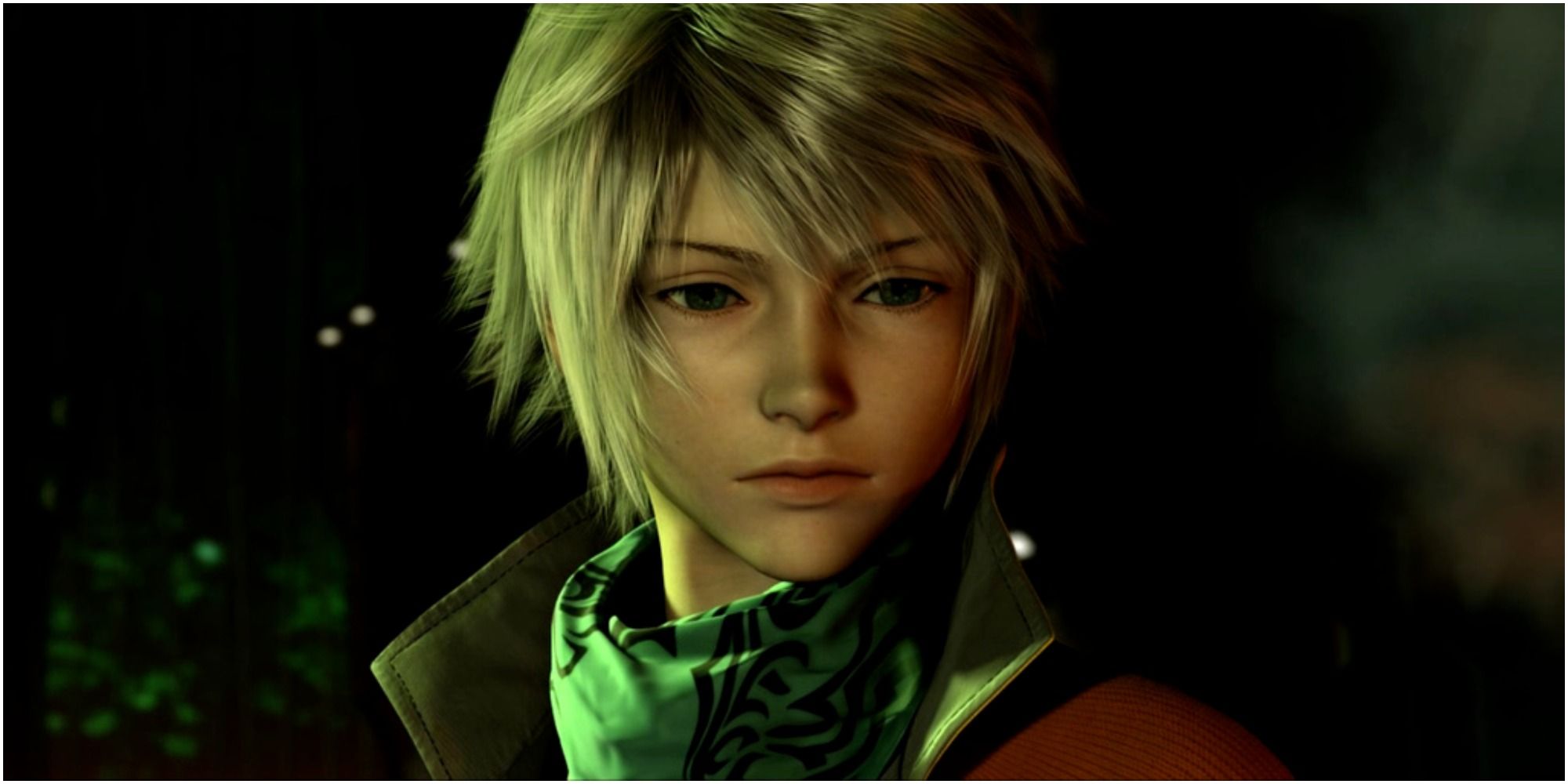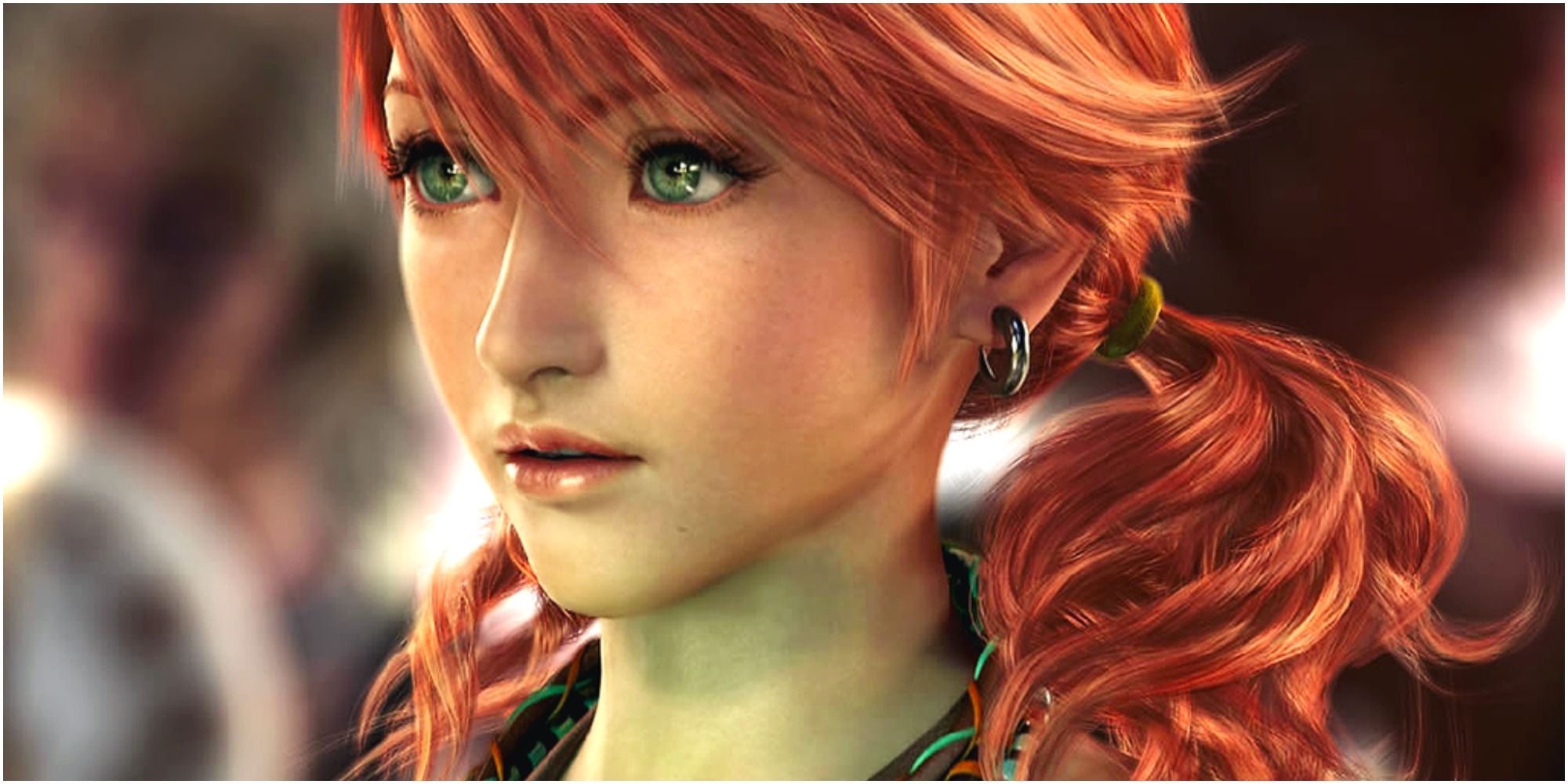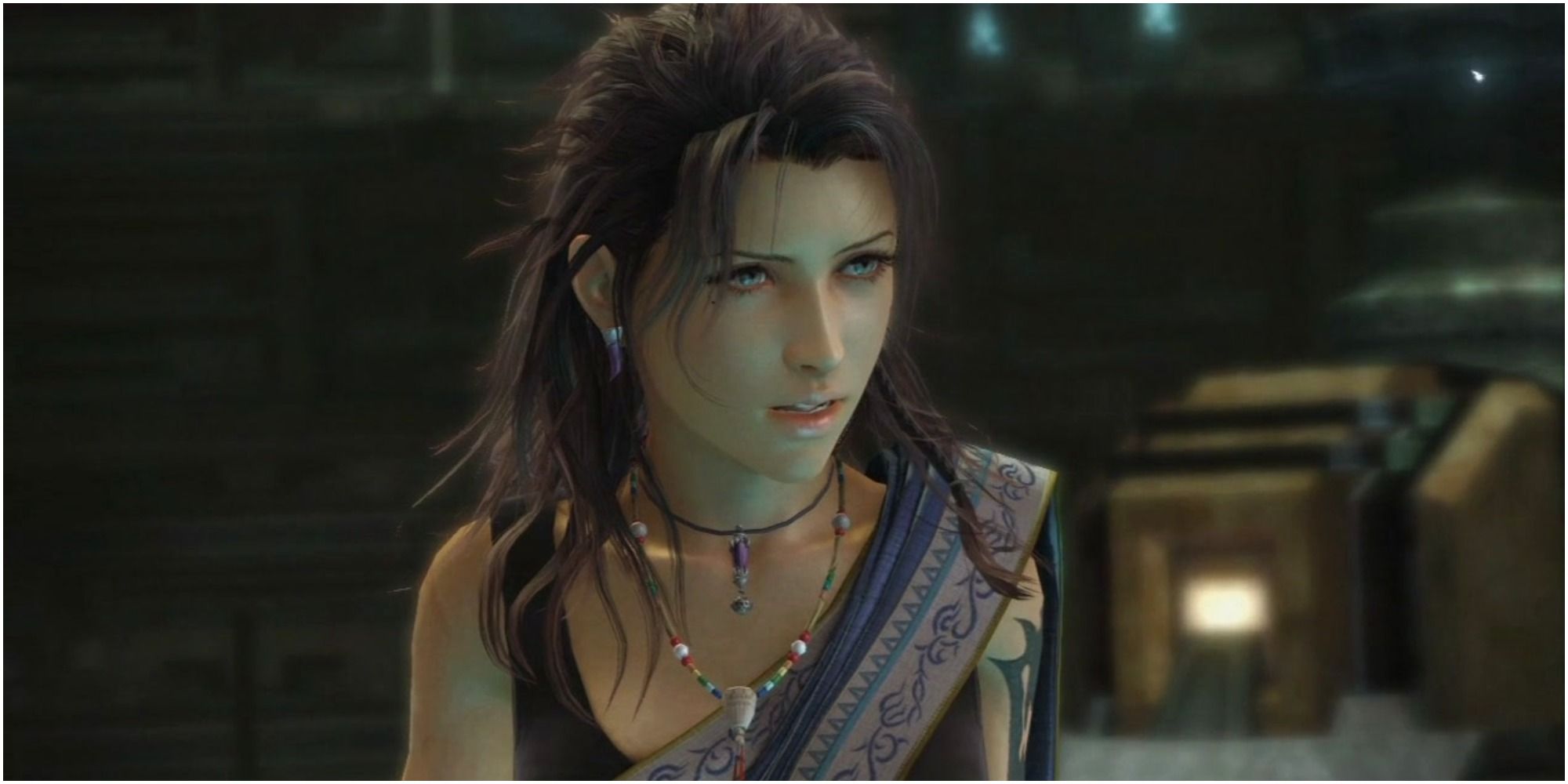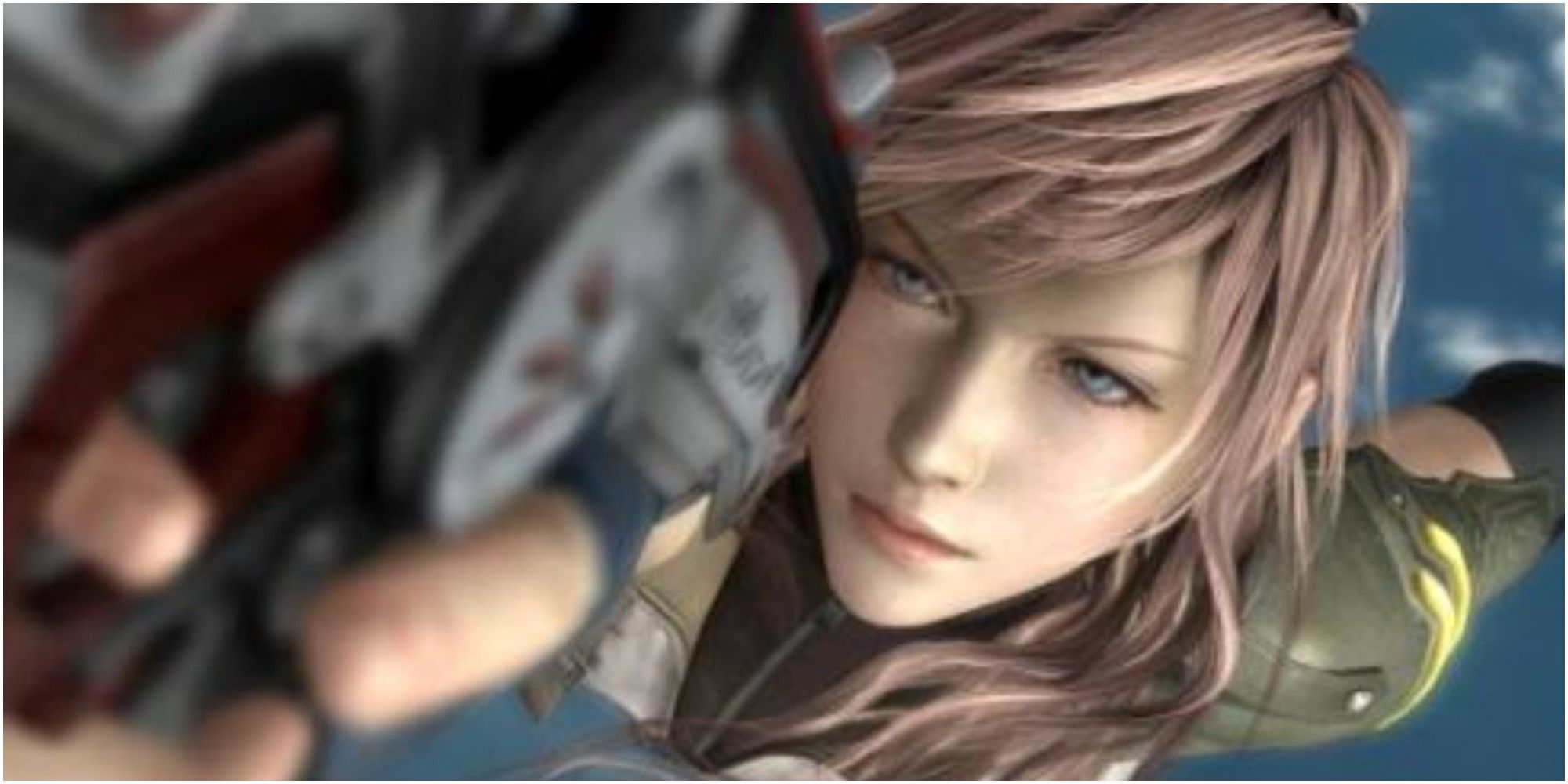The thirteenth entry in the world of Final Fantasy, a JRPG series known throughout the world. This installment tried to do a lot of things differently and these innovations have split the community down the middle. One major change that sparked plenty of debate is the introduction of Paradigms - they were the result of the game’s complete overhaul of the standard jobs system. The Paradigms were an attempt to streamline the extensive list of jobs and classes found in most of the previous entries. Now every class has a specific set of tools that are designed for fulfilling the requirements of a singular role.
As with pretty much anything the system has its fair share of fans and detractors. Some like it for its outright simplicity, others believe it's too rigid and doesn’t offer the variety that turns a playthrough into a personal experience. Whether the system is good or bad is up to you to decide for yourself once you’ve spent enough time with the game. We are here to discuss the usefulness and in-battle longevity of each Paradigm introduced in FF13.
6 The Medic
Don’t misunderstand, Medic is a very useful role - though unfortunately, it’s extremely limited. This is a direct consequence of FF13 attempting to completely rework the class system fans got accustomed to. The Medic is pigeonholed into healing with a mathematically appropriate variation of Cure, clearing status ailments with Esuna, and reviving downed party members. The Medic’s usefulness is at its peak within Boss battles or in prolonged encounters during the expansive open-world area in Chapter 11, where most monsters aren’t pushovers.
Unless you find yourself to be in a particularly sticky situation, then the Medic role will be filled in by the AI. Important to note that if none of the aforementioned three action routes are required, the AI won’t be doing anything, at which point it’s time for a shift. What downplays the Medic's importance even further in comparison with the other Paradigms of this game, is that the player’s party is fully restored after each encounter. A more tangential benefit of having an active Medic in the party is their Augmented Healing bonus acquired from the Role Level node within the Crystarium. This bonus increases the whole party's Healing Efficiency. However, the three-to-ten percent increases aren’t as significant, so in the heat of battle, the Role Bonuses of other Paradigms will be more useful.
5 The Synergist
The Synergist is the dedicated buffer of the game. The main reason behind their placement in the latter half of the ranking is the fact that their presence isn’t required throughout the entire course of the battle. In most situations, the Synergist is best used in the beginning to apply the requisite elemental and status enhancements. Even then, on a standard playthrough, the party ought to be strong enough to clear the regular enemy encounters without any reliance on the buffs.
The AI for the Synergist is quite intelligent and makes an informed decision based on the Enemy Intel Datalog or Libra scans. The Synergist AI has two priority patterns coded into it – the strengthening and defensive routes. The former is about enhancing the offensive output for quick sweeps, it's usually applied when facing up to three enemies at a time. The latter is about enhancing the party’s survivability and will be prioritized in battles against four enemies and up.
4 The Saboteur
Like the Synergist before it, the Saboteur will mostly be useful at the start of an encounter to apply a healthy dose of status ailments to the enemy. Most of these ailments are capable of dealing damage; but for the sake of saving time in an already lengthy game, it’s best to shift into a more openly offensive role like Ravager or Commando, depending on the character. One key ability that’s available to the Saboteur is Dispel which will negate any number of buffs that the enemy has accumulated.
Boosted Success Rate is the Saboteur's Role Level bonus, which increases the likelihood of status ailments sticking. This is most beneficial to Vanille - the strangely dressed member of the team – as she has access to the Death spell. As with all other Paradigms the bonus also increases the effectiveness of spells cast by the surrounding allies, for example, The Sentinel’s Provoke success rate is 45 percent, so a Saboteur at full potential will multiply that by x1.12. As an AI, the Saboteur will cast Fog and Pain in large encounters to reduce the enemies’ efficiency. It will also immediately try to lower the corresponding defense stat with either Deprotect or Deshell, unless the enemy is immune, at which point it won’t waste precious time.
3 The Sentinel
The Sentinel combines the attributes of a regular Tank and a Monk from the wider Final Fantasy series. They sport an impressive damage resistance stat, which they use for the benefit of the team by drawing the enemy’s aggression away from the more fragile party members. As such, they are at their best when partnered up with one of the aforementioned supporting Paradigms. Once the buff and debuff setups are complete, the player can slip into something more callous. Be warned, however, that if the Sentinel shifts Paradigms the effect of Provoke will wear off immediately, leaving the enemy free to attack any members of the party.
The benefits of the Sentinel do not end at being a solid foundation for the weaker classes. Sentinel’s innate ability naturally increase the duration of Stagger, which means that the enemy will be sustaining increased damage for longer. Finally, this Paradigm’s Role Bonus is increased Damage Reduction from both physical and magical attacks. When the Sentinel is at high HP, its AI will focus on counter-attack style play, making use of damaging moves like Vendetta. On the other side of the spectrum when HP is dismally low, it will utilize MediGuard and Steelguard to bolster its defenses even further and gradually recover lost health.
2 The Commando
A Paradigm that combines all the physicality and acrobatics of the melee Final Fantasy classes that came before it, allowing Lightning’s iconic hair to flow in the wind as she somersaults around the battlefield. Although it’s the Warrior of the game, Commando isn’t just about physical damage. This Paradigm has access to powerful non-elemental magic in the form of Ruin and its variations. With this impressive arsenal, Commando plays a crucial role by impacting the Chain Gauge and helping to build towards the key mechanic of the game - the Stagger meter. This indispensable Paradigm will also cause the triggered meter to drain at a decelerated pace.
Despite their astronomical damage output Commandos aren’t actually able to build the Stagger meter in any meaningful way, so they work best when paired up with a Ravager. The two have a complementary relationship because Commando’s Role Bonus lies in boosting damage. As the name implies the Commando is a leader class, so in the event that there are two Commando’s on the battlefield each will prioritize attacking a separate target, if such a choice exists.
1 The Ravager
As previously mentioned, this game is all about Staggers, and the Ravager excels at causing them. Ravagers have all the traits of a Black Mage with their wide variety of elemental magics, as well as an added bonus of some useful physical attacks. Each blast of a Ravager’s spell will spike the enemy’s Stagger meter, however, it will drain just as quickly if there is no Commando to fixate the gauge in place.
Ravagers are the most effective damage dealers due to the sheer variety of options at their disposal. This Paradigm will almost always be able to exploit an enemy’s weakness by casting a spell of the relevant nature. This means that Saboteurs who can lower an enemy’s elemental resistance also make for extremely effective partners. For their Role Bonus in the Crystarium tree, Ravagers get the Chain Boost ability. This allows the entire team to increase the Stagger meter even faster. Ravagers also have good AI which will follow the player’s lead in attacking a target, unless it's the only attacker on the team. It will also prioritize elemental weaknesses and using spells that have the highest possible Chain Bonus.







